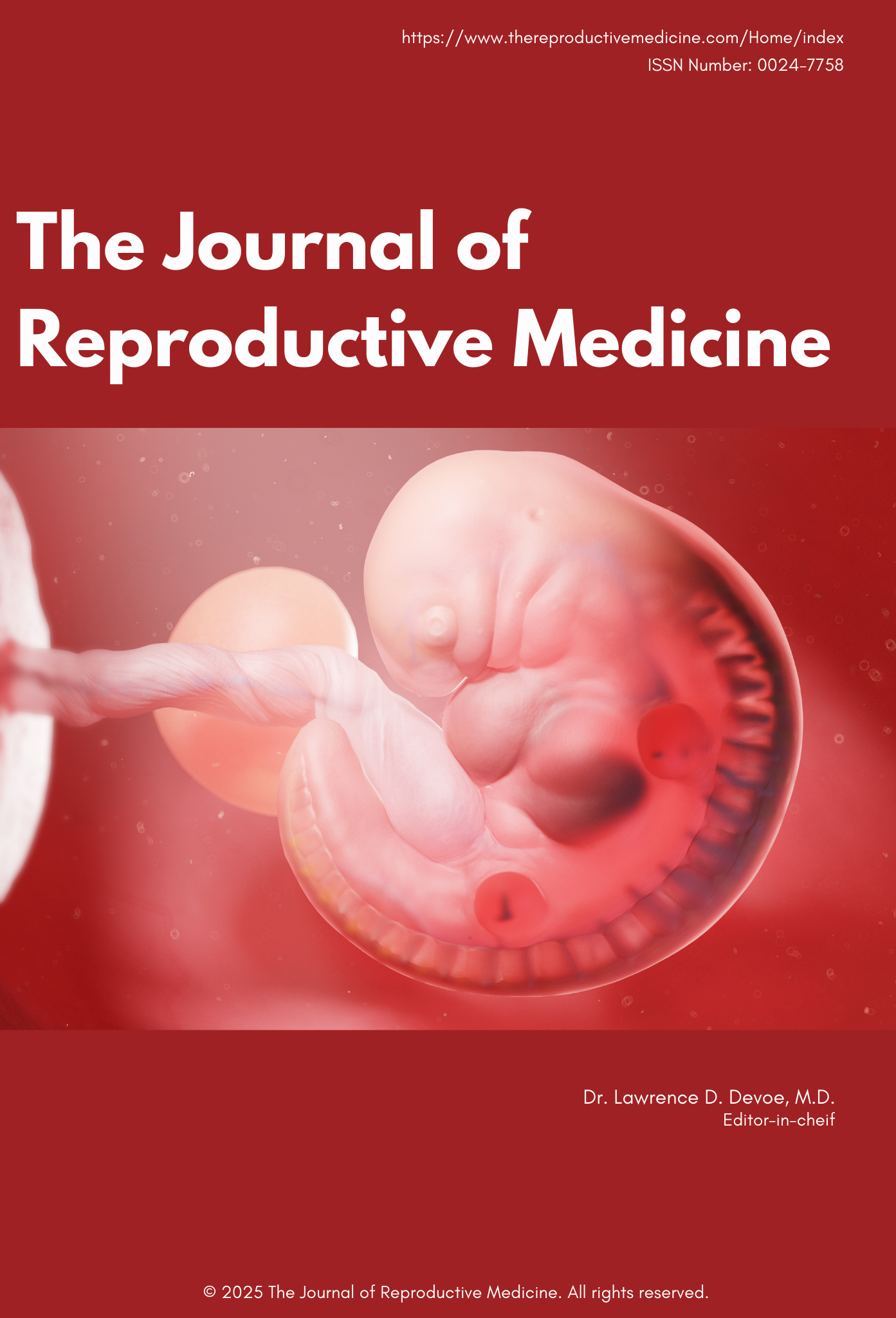Graph Regularized Semi-Nonnegative Matrix Factorization Under Sparse Constraints for Clustering
Keywords:
Semi-NMF, graph regularization, sparse constraints, image denoising, clusteringAbstract
Non-negative matrix factorization (NMF) is an effective local feature extraction algorithm with non-negative matrix constraints. In order to obtain a NMF-based algorithm with better clustering performance and stronger robustness, this paper propose a new non-negative matrix factorization method called Graph Regularized Semi-NMF under sparse constraints (Semi-GNMFSC). This model embeds a Laplacian regularization term on the basis of Semi-NMF, keeps the correlation information of high-dimensional space samples, and maps effectively to low-dimensional space, thus improving the learning ability of algorithm space and making full use of the inherent geometry of data distribution. Note that GNMF algorithm is deficient in robustness, that is, it is susceptible to problems such as noise. So, by adding l1 norm sparse constraint to the basis matrix and coefficient matrix of the model respectively, the sparsity of the low-dimensional representation matrix can be improved, clearer data can be obtained to approximate the high-dimensional matrix, and problems such as the influence of noise introduced in data reconstruction and the reduction of data clustering performance can be solved, and the adjustment of data eigenvalues and sparse constraints in the matrix can be realized. More importantly, the iterative optimization scheme of Semi-GNMFSC is derived in this paper, and the convergence of the algorithm is proved theoretically. In addition, clustering experiments have been conducted on 5 different types and sizes of public image datasets, and compared with K-means, PCA, and other NMF variants to verify the superiority of the Semi-GNMFSC algorithm in the three clustering performance indicators of ACC, NMI, and Purity.






